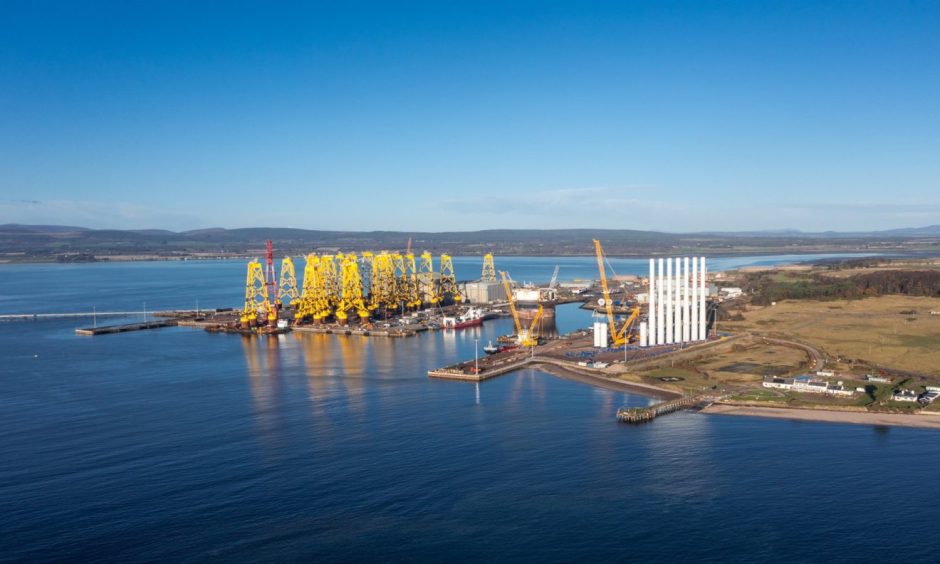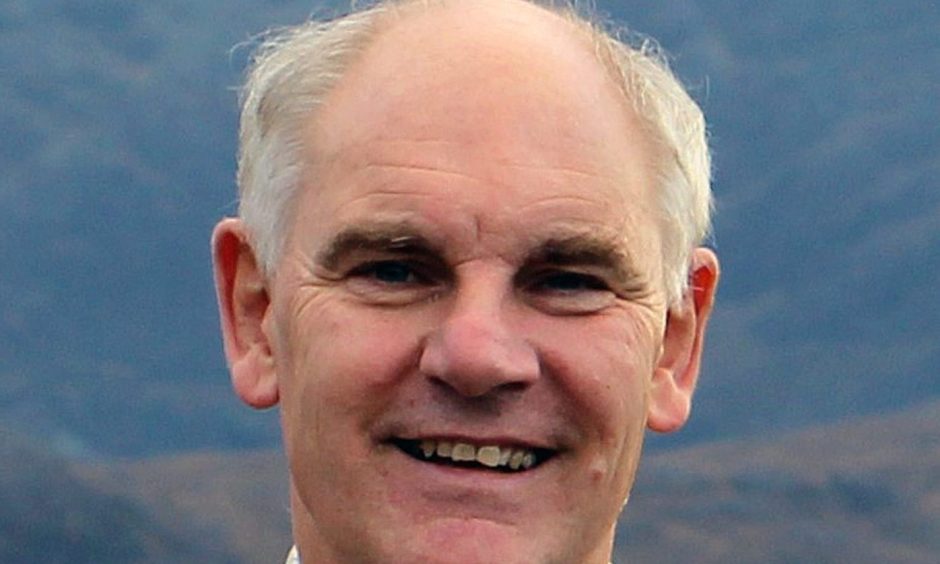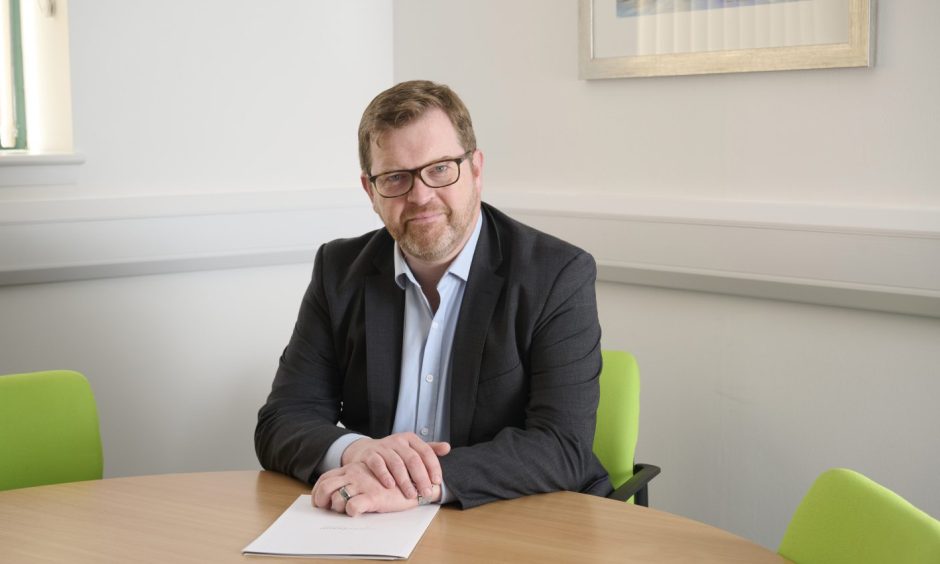Business leaders are questioning who will fill thousands of posts at a Highland green freeport over the next 15 years amid a “frightening” predicted drop in school rolls.
The Inverness and Cromarty Firth green freeport is expected to create around 10,000 jobs in the next decade and beyond.
But Highland Council is forecasting a 23% fall in pupil numbers across its 29 secondary schools by 2038-2039.
A 21% decline is projected for schools in or around the freeport area.
‘Dire’ situation in the Highlands
The figures, based on government population records, have led to concerns from the Federation of Small Businesses (FSB).
It says while the problem is not limited to the Highlands, the situation in the region is “dire”.
The five Inverness secondaries are forecast to lose 20% of their pupils.
Elsewhere, those in the North Highlands face a 24% drop and in the West Highlands and Skye a 27% decline.
David Richardson, the federation’s Highlands and Islands development manager, said: “For Highland schools as a whole to lose around a quarter of their pupils in 15 years is very frightening indeed.
“Could sounds of babies crying and children playing in our rural villages eventually become a rarity, and what are the consequences if they do?”
Mr Richardson said the freeport is a “once-in-a-lifetime opportunity” for the Highlands.
But he added: “The question is, with school rolls forecast to decline so starkly and new jobs being created, where will the workers come from to fill the many new posts, let alone old?”
Mr Richardson asks whether workers in other Highland business will be lured to the freeport, with potential knock-on effects.
Also, will local young people be persuaded to stay in the area, and will workers from outside the Highlands be attracted to the region to live and work?
More working age people needed
He said the visitor economy is also experiencing an ever-worsening staffing shortage.
FSB surveys show six in 10 Skye businesses were short staffed in 2022, with many cutting opening hours or services or both.
“At the end of the day the Highlands needs more people of working age to fill the vacancies and create the economically and socially vibrant and sustainable communities that we need.”
To attract and retain workers, the Highlands must provide facilities including affordable accommodation and medical and educational services, he said.
Professor David Bell, of the Stirling Management School at the University of Stirling and an expert in demographic decline, has also raised concerns over the figures.
He said the decline in pupil numbers is “extremely worrying” for the sustainability of the populations in the North and West Highlands.
He said it could lead to “irrevocable social, economic and cultural decline” without substantial in-migration of working age families.
Prof Bell said public sector support to tackle population decline will be limited “for the foreseeable future” due to the council’s financial constraints.
“Increasing emphasis on community-based and private sector solutions, with Highland Council’s role limited mainly to that of a facilitator, is inevitable.”
“A return to the levels of working-age in-migration that the Highlands experienced in the early 2000s is unlikely in the present political climate: other solutions have to be found.”
Plan aims to retain young people in the area
A Highland Council spokesperson said the Green Freeport Business Plan includes proposals to retain young people in the area who otherwise would have moved further south.
This includes increasing apprenticeship and graduate uptake.
“The plan also includes developing a talent attraction proposal to attract a new skilled workforce to the region to reverse the projected working population decline figures.”
Calum MacPherson, chief executive of the freeport, said the population challenge, which has been evident for many decades, was a key drivers for securing green freeport status in the Highlands.
“The decline in working age population correlates with the demographic which typically starts families.
“For this reason, we are working closely with colleagues in the Highland Council and other partner organisations on inward investment and development projects that will bring over 10,000 jobs to the region over the coming years.
“We believe this transformational change in our economy, with new well-paid jobs, plus an increase in associated future housing developments will help to address this decline in pupil numbers in the years to come.”




Conversation